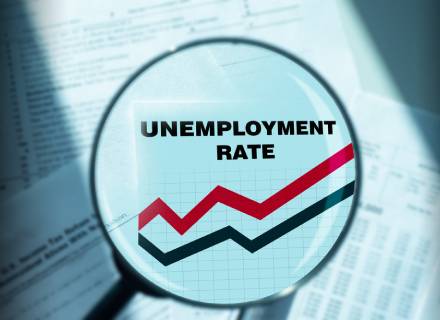According to the latest data released, Australia’s employment ratio increased more than anticipated in April 2024, with the tally currently standing at a three-month high as workforce growth outpaced job creation.
The Reserve Bank of Australia (RBA) was seen to have eliminated all chances of another rate hike due to the sharp increase in unemployment. This was a significant change from the beginning of the month, when the likelihood had been as high as 40%.
As early as December 2023, the markets now project a 54% chance of a reduction in the 4.3% cash rate, which encouraged investors who were still reeling from the slowdown in US inflation and renewed optimism about a loosening of regulations there.
The Australian Bureau of Statistics reported that net employment increased by 38,500 in April compared to March 2024, exceeding estimates of a 23,700 increase. Part-time employment saw all of the gains, while full-time employment decreased by 6,100.
The unemployment rate increased to 4.1%, above market expectations, from an upwardly revised 3.9%. While hours worked remained unchanged, the participation rate increased slightly to 66.7%.
“A 30,000 people increase in unemployment reflected more people without jobs available and looking for work, and also more people than usual indicating that they had a job that they were waiting to start in,” Bjorn Jarvis, ABS head of labour statistics said, as reported by Reuters.
This implied that when those workers started in May, employment might increase once more, possibly bringing unemployment down again.
However, the employment-to-population ratio remained stable in April at 64.0%, suggesting that job growth was barely keeping up with the country’s fast population expansion.
“This suggests that the labour market remains tight, though less tight than late 2022 and early 2023,” Bjorn Jarvis said further.
The Reserve Bank of Australia (RBA) is keen to avoid taking a premature risk by hiking interest rates, as it had anticipated that unemployment would progressively increase to 4.2% by year’s end due to employment lagging behind labour force growth.
Interest rates are currently at a 12-year high, which is severely hurting borrowers throughout the whole economy.


